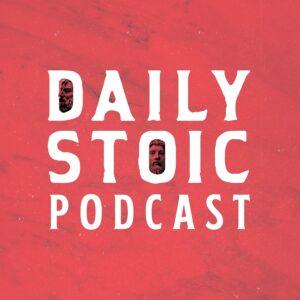
In this episode of “Stuff You Should Know,” the hosts discuss the murder of John Lennon, commemorating the anniversary of his death. They delve into the details of Lennon’s life in New York City, his relationship with his killer, and the aftermath of his tragic assassination.
After moving to New York City with Yoko Ono, John Lennon lived a relatively normal life, despite his fame. They initially resided in a nondescript house in the West Village before moving to the Dakota building for increased security. Lennon enjoyed walking around Central Park and focused on being a stay-at-home dad to his son, Sean. However, reports indicate that Lennon struggled with depression, locking himself in his room for days and turning to the occult and drugs. Despite his personal struggles, Lennon experienced a positive turn in the last year of his life, gaining confidence and releasing the album “Double Fantasy.”
Mark David Chapman, Lennon’s killer, had a troubled background, including thoughts of killing his father and displaying signs of mental illness from childhood. He went through various phases in his life, embracing the hippie movement, becoming a born-again Christian, and working with Vietnamese refugees. However, Chapman developed an obsession with fame and sought to acquire it by murdering a famous person. After choosing Lennon as his target, Chapman waited outside the Dakota building for days and eventually asked Lennon to sign his copy of “Double Fantasy” before carrying out the shooting.
On December 8, 1980, Mark David Chapman shot John Lennon outside the Dakota building. Despite a moment of hesitation, Chapman heard a voice in his head urging him to carry out the act. Lennon was rushed to the hospital but was pronounced dead, leaving the world in shock and mourning. The news of Lennon’s death spread quickly, with Howard Cosell announcing it during a Monday Night Football game. The tragedy had a profound impact on Beatles fans, marking the end of any hope for a reunion and leaving a lasting impact on music history.
The murder of John Lennon was a tragic event that shocked the world and left a lasting impact on music history. This episode of “Stuff You Should Know” provides insight into Lennon’s life in New York, the background of his killer, and the events surrounding his assassination. The legacy of John Lennon continues to resonate, reminding us of the profound influence that music and art can have on our lives.